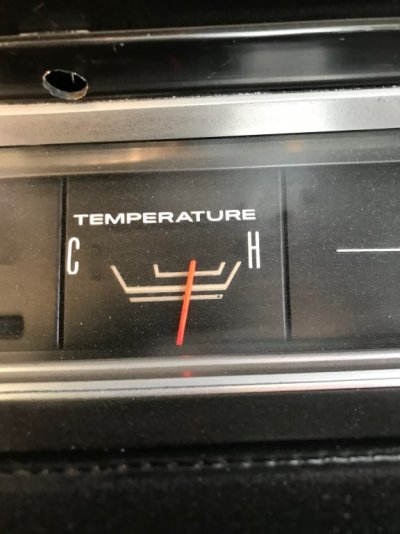I wrote this on my blog (mopowergarage.blog) about radiators, but the same overheating problems occur.
The Truth About Mopar Radiators: Overheating Myths and the Real Fix
Published by Christopher J. Holley | Mopar History & Tech | June 2025
For decades, enthusiasts have repeated the same claim: “Old Mopars just run hot.”
If you own a 1960s or early 1970s Chrysler, Dodge, or Plymouth muscle car, chances are someone has told you to toss that factory radiator and bolt in an aluminum one or risk overheating every time you sit in traffic.
But is this true? Or are we blaming the wrong part?
Where the Overheating Myth Comes From
There is no denying that many vintage Mopars struggle with heat soak and high coolant temperatures in summer traffic. But that is not the radiator’s fault, not entirely. When you consider that most of these cars are 50+ years old and often run with:
- Incorrect ignition timing or curve
- Leaner-than-optimal air/fuel mixtures
- Missing or ineffective fan shrouds
- Weak radiator caps or improper coolant pressure
- Cheap parts-store water pumps
It is no surprise that they run warm. But the issue is not the cooling system's design. It is that something else has gone wrong.
The Factory System Was Built Right
Original Mopar cooling systems were engineered to survive stop-and-go traffic, desert heat, and quarter-mile abuse. A well-maintained factory system typically includes:
- A 3-core copper/brass radiator
- A 7-blade mechanical fan (sometimes with a clutch)
- A full fan shroud
- An appropriately rated 16 psi radiator cap
- A correct thermostat (usually 180°F or 195°F)
Factory radiators were often larger and more effective than those used by GM or Ford in comparable models. When restored and paired with a finely tuned engine, they still do the job, proving their worth and reliability.
The Real Problem – Everything Else
Swapping to an aluminum radiator is often just a Band-Aid covering for neglected tuning or airflow issues. Here is what usually causes overheating:
- Retarded ignition timing slows burn and increases exhaust temperatures
- Overly lean fuel mixtures run hot under cruise/load
- Missing shrouds or wrong fan spacing kills airflow at idle
- Low coolant pressure from a weak or incorrect cap
- Incorrect pulley ratios reduce water pump or fan speed
Fix those concerns first; you will often find the original radiator works just fine.
When Is an Aluminum Radiator the Right Choice?
To be clear, aluminum radiators have their place:
- Tight engine compartments with little airflow
- High horsepower builds with increased thermal load
- Track or autocross cars that stay at high RPM
- Engines swapped into vehicles not designed for them
An aluminum radiator should not be your first move. If your car ran cool when it left the factory, it still can if you get everything else right.
- Cooling Checklist: Before You Blame the Radiator
- Ignition timing and vacuum advance curve dialed in
- Rich enough idle and cruise air/fuel mixtures
- Fan shroud installed and properly sealed
- Correct 180–195°F thermostat
- A radiator cap holds pressure (usually 16 psi)
- Pulley ratios support good fan and water pump RPM
- No air pockets in the system (burped properly)
Final Thoughts
Do not fall for the myth. Chrysler engineered your 1960s Mopar to run in traffic, on drag strips, and across the country with the factory radiator.
Before spending hundreds on aftermarket aluminum, remember that diagnosing and fixing the actual problems is key. In most cases, you will find the car runs cooler, smoother, and better overall, and you will keep the original look and function intact. This approach empowers you as a car enthusiast and ensures the best performance from your vehicle.

